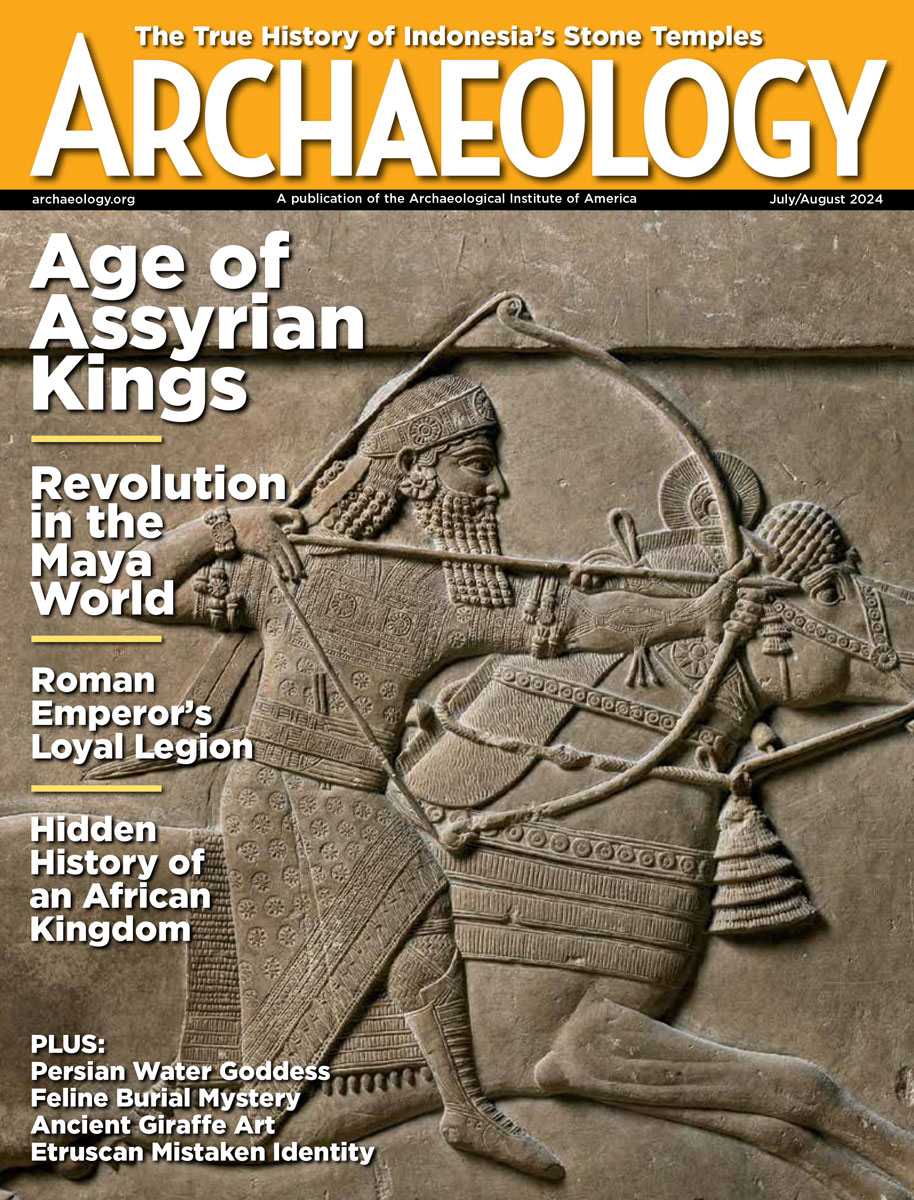Monday, January 7
January 7, 2008
The remaining column bases at Iran’s Apadana Palace of ancient Susa were broken in two by vandals, and their inscriptions were destroyed. “The reason for the destruction of artifacts is not clear,” said Mojtaba Gahestuni of the Khuzestan Cultural Heritage Lovers Society.
Kuelap, Peru, was home to the Chachapoya from around 800 A.D. to the mid-sixteenth century. This article from The Los Angeles Times offers a good introduction to the Chachapoya and the current excavations at their citadel.
The French city of Rouen is still trying to return the preserved head of a Maori man to New Zealand, but the national government reportedly continues to claim that Rouen’s natural history museum doesn’t have the right to do so.
National Geographic News has also picked up the story on the invention of bone ice skates in what is now Finland back in 3000 B.C.
In south China’s Minqing County, 1,000-year-old kilns stretch along the hillside in the shape of a dragon, and the region was famous in antiquity for its blue and white ceramics. A recent television program has made Minqing famous once again, and the kilns and porcelains are being destroyed by looters.
Here’s another article on the studies planned for “Lyuba,” the frozen baby mammoth carcass discovered last spring in northern Siberia. Scientists hope to learn “everything about the mammoth,” and maybe even something about climate change.
DNA testing identified the contents of some of the amphorae recovered from a fourth-century wreck off the coast of the Greek island of Chios.
A chaotic layer of rubble and other archaeological evidence on Crete indicates that a giant tsunami hit Minoan civilization after the powerful eruption of a volcano on the island of Thera.
- Comments Off on Monday, January 7









